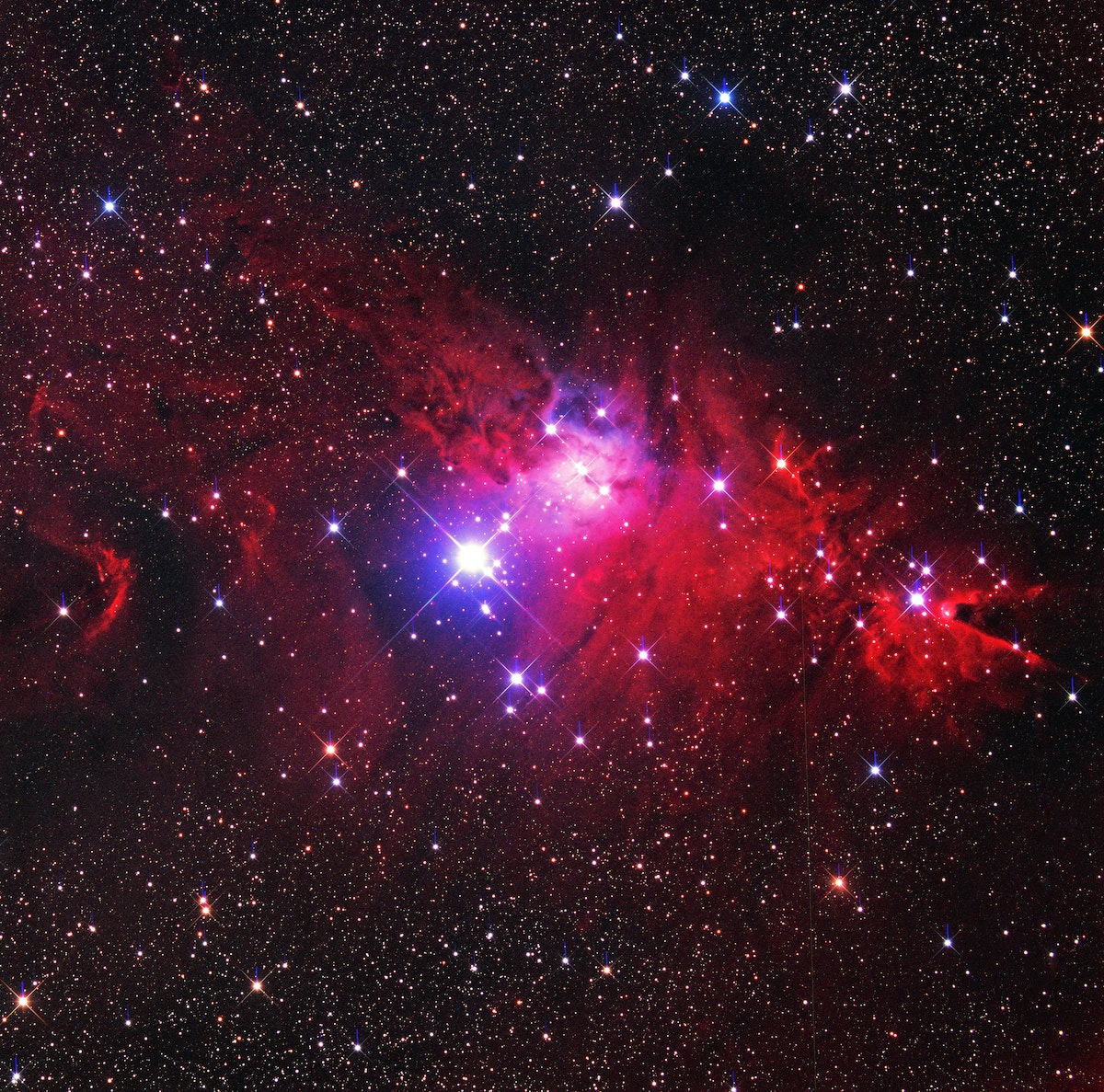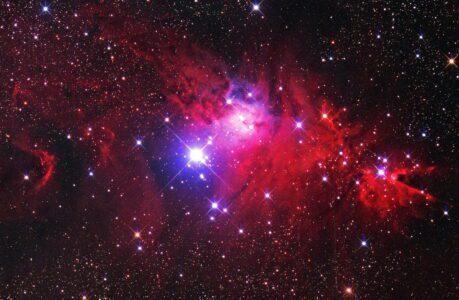A deep sky object refers to astronomical objects that are not individual stars or Solar System objects, such as planets, moons, and asteroids. These objects are typically found in the outer regions of galaxies, such as nebulae, star clusters, and galaxies themselves. The term “deep sky” comes from the fact that these objects are typically faint and difficult to see from Earth due to their great distances from us.
What deep sky objects can you see from ireland
From Ireland, one can observe a variety of deep sky objects including the Milky Way, star clusters, nebulae, and galaxies. Some notable examples include:
- The Orion Nebula (M42)
- The Pleiades Star Cluster (M45)
- The Andromeda Galaxy (M31)
- The Double Cluster in Perseus
It’s important to note that the visibility of deep sky objects is dependent on many factors, including light pollution, time of year, and weather conditions. Additionally, a telescope or binoculars can often provide a better view of these objects compared to the naked eye.
Do you need a telescope to see deep sky objects?
Not necessarily. While a telescope can provide a better view of many deep sky objects and make fainter objects visible, many deep sky objects can also be seen with the naked eye or with binoculars. For example, the Andromeda Galaxy and the Pleiades Star Cluster can be seen without a telescope, although a telescope will provide a clearer and more detailed view.
However, for many other deep sky objects, such as faint nebulae and distant galaxies, a telescope is often necessary to see them. Additionally, even for objects that can be seen without a telescope, viewing conditions such as light pollution and weather can greatly impact visibility.
What is the Orion Nebula
The Orion Nebula is a diffuse nebula located in the constellation Orion. It is one of the brightest and closest star-forming regions to Earth, making it a popular target for amateur astronomers and a well-studied object in professional astronomy. The nebula is approximately 1,500 light-years from Earth and has a diameter of approximately 24 light-years.
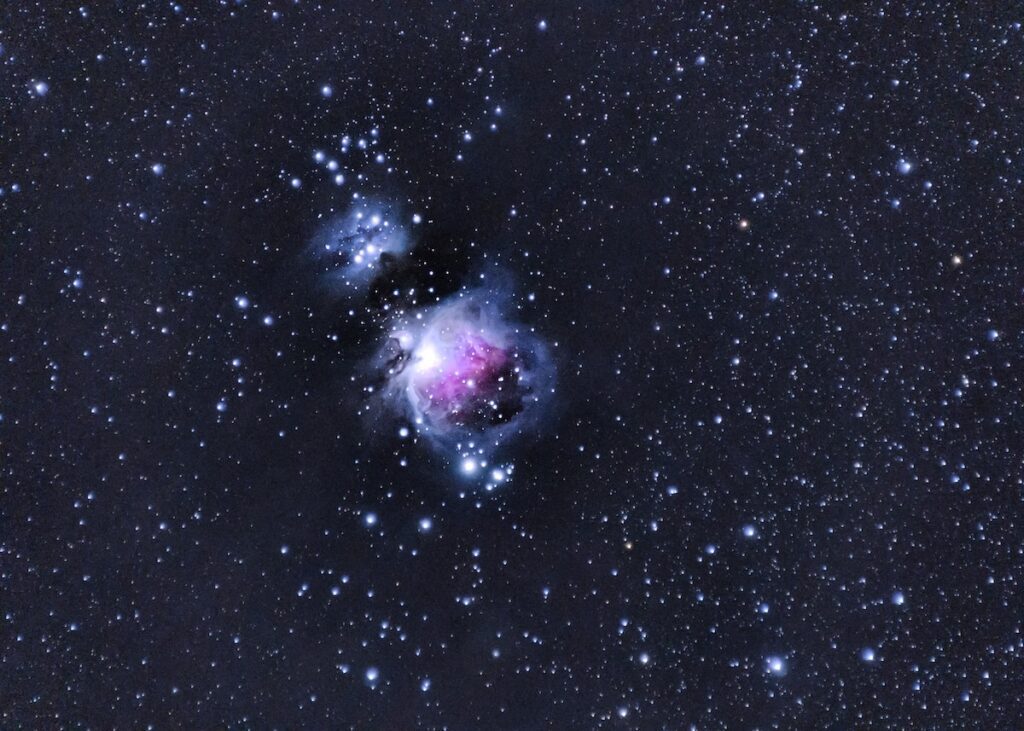
The Orion Nebula is thought to be an active site of star formation, with many young stars and protoplanetary disks visible within it. The nebula is also home to a number of other interesting astronomical objects, including Herbig-Haro objects, which are sites of energetic outflows from young stars, and proplyds, which are disks of gas and dust surrounding young stars.
Visually, the Orion Nebula is often described as appearing as a fuzzy patch of light in the night sky, and with the naked eye it appears as a nebulous area surrounding the three stars that make up Orion’s “Sword”. A telescope, however, can reveal the beautiful details of the nebula, including its distinctive shapes and the stars within it.
What is the Pleiades
The Pleiades, also known as the Seven Sisters, is an open star cluster located in the constellation Taurus. It is one of the closest and brightest star clusters to Earth, and is easily visible to the naked eye on a clear night.
The Pleiades contains a large number of hot, blue stars, as well as dust and gas, and is thought to be a young cluster, with an estimated age of around 100 million years. It is a popular target for astronomers and amateur sky watchers alike, due to its bright appearance and close proximity to Earth.
Visually, the Pleiades appears as a tight group of blue-white stars, with some fainter stars visible around the periphery. The cluster is easily visible without a telescope, and can be found by following the line of three stars that make up Orion’s “belt” to the east. When viewed through a telescope, the Pleiades reveals more of its stars and the intricate structures of gas and dust within the cluster.
What is the Andromeda Galaxy
The Andromeda Galaxy, also known as Messier 31 or M31, is a spiral galaxy located approximately 2.5 million light-years away in the constellation Andromeda. It is one of the closest galaxies to our own Milky Way and is the largest galaxy in the Local Group, which also includes the Milky Way, the Triangulum Galaxy (M33), and over 50 smaller galaxies.
The Andromeda Galaxy is a stunning object in the night sky, and is easily visible to the naked eye as a faint, elongated patch of light. When viewed through a telescope, the galaxy reveals its spiral arms and central bulge, as well as its numerous star clusters and HII regions, which are sites of active star formation.
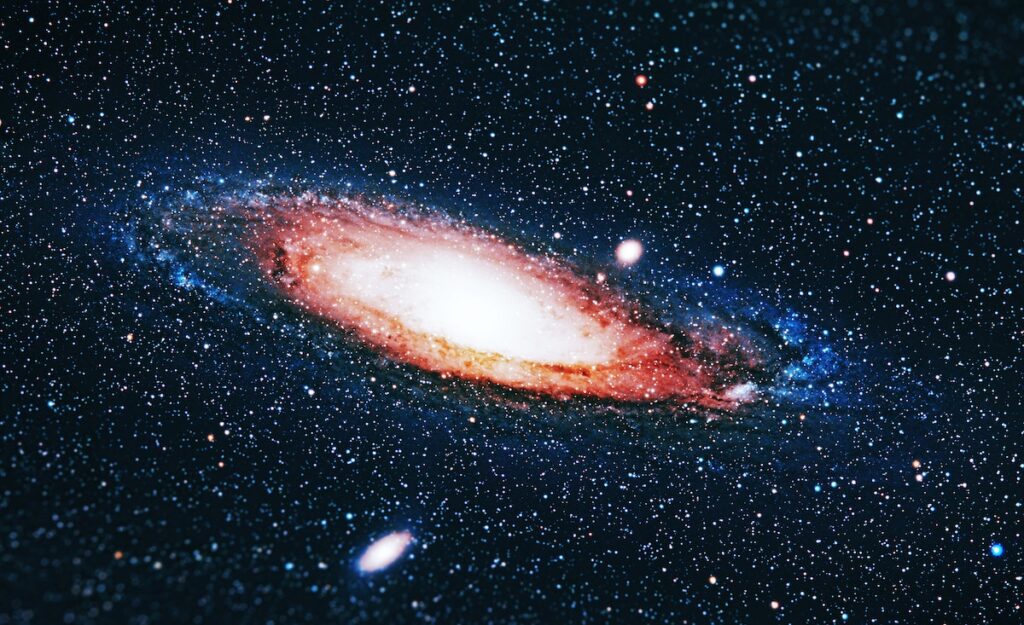
In recent years, the Andromeda Galaxy has been the subject of much scientific study, as astronomers work to better understand the structure and evolution of this large spiral galaxy and its role in the Local Group. Observations have shown that the Andromeda Galaxy is on a collision course with the Milky Way and will eventually merge with our own galaxy in about 4 billion years.
How do I start viewing Deep sky objects
To start viewing deep sky objects, you will need to follow these steps:
- Choose the right equipment: You can start with binoculars, but for most deep sky objects, you’ll need a telescope. Consider the type of objects you want to view and the conditions in your observing location when choosing a telescope.
- Find a dark site: Light pollution from cities and towns can greatly impact your ability to see deep sky objects. Try to find a location away from bright lights for the best viewing experience.
- Familiarise yourself with the night sky: Get a star chart or planetarium app to help you learn the constellations and find your way around the sky.
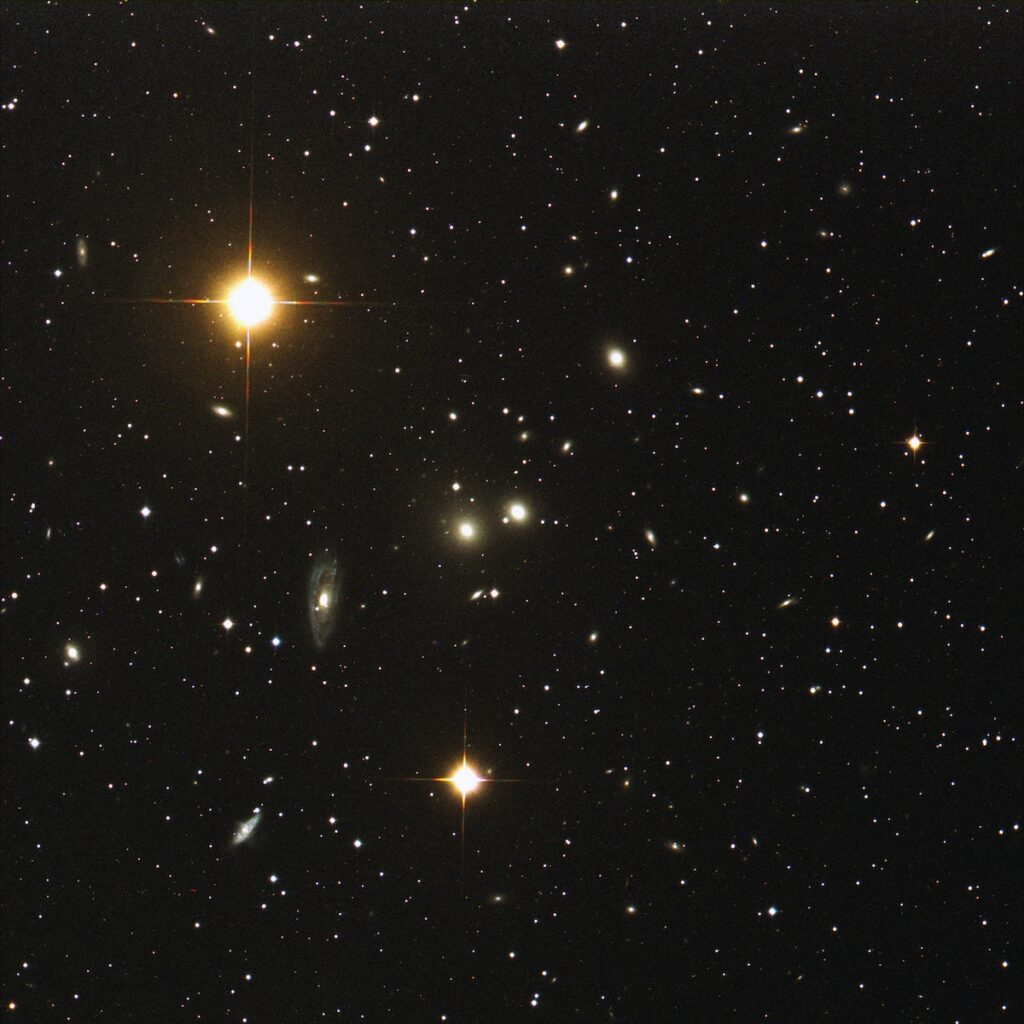
- Plan your observing session: Choose which objects you want to see, and plan your observing session accordingly. Take into account the time of year, the time of night, and the current sky conditions when making your plans.
- Observe: Set up your telescope, and use your star chart or app to find the objects you want to see. Take your time, and be patient – some objects may be faint and require a few minutes for your eyes to adjust.
- Enjoy: Observing deep sky objects can be a rewarding and educational experience. Take the time to appreciate the beauty and majesty of these objects, and learn more about the universe around us.
Note: Always be careful when setting up and using your equipment, and follow all safety precautions to ensure a safe and enjoyable observing experience.
